As more and more people switch off the television and go online for entertainment, advertising is changing. Growing numbers of advertisers are getting more bang from ad budgets by going viral. So how do you get ahead in viral advertising, asks Simon Creasey
At first glance it seems fairly innocuous.
Swiss tennis legend Roger Federer is captured on video goofing around on the set of a Gillette TV ad shoot. But then something out of the ordinary happens.
In homage to Federer’s legendary countryman William Tell, he cannons a tennis ball across the studio and crisply knocks a can off a crew member’s head. And to prove it wasn’t a fluke he immediately repeats the feat.
What happened next has gone down in marketing folklore. The video was posted on Gillette’s YouTube channel and became an overnight internet sensation, racking up millions of views. Gillette brand owner P&G had lucked in. Catching Federer’s impromptu trick shot on camera was a happy accident that secured the fmcg giant bundles of free coverage. Or was it?
Shortly after the video aired, rumours began to circulate that it was actually part of a carefully co-ordinated marketing campaign that relied rather more heavily on post-editing CGI than tennis skills. P&G refused to spill the beans either way so the debate continues to rage in online forums as to whether or not it’s fake. Where there’s no debate is that the Federer video is one of the UK’s most successful brand-related viral videos to date.
As increasing numbers of people turn to the internet rather than TV for entertainment, it’s a trick that fmcg companies will have to rapidly get to grips with because the speed with which viral video advertising has grown has been phenomenal.
Originally, branded viral videos were pretty ad hoc informal affairs people saw something they liked and shared it among friends via email or social networks. But times have changed. Nowadays companies take a much more predictable, scaleable and transparent approach to creating viral video campaigns. So much so that viral advertising has become big business for creative and media buying agencies alike.
One of the key attractions of viral video is that you get the impact of a TV ad for the cost of the creative production alone, according to Dan Greenberg, co-founder and CEO of viral video distributor Sharethrough. As a result, brands get much more bang for their buck.
That’s not to say that virals come cheaply. A large percentage of the costs associated with a viral video campaign are swallowed up by ‘seeding’ the process of promoting a video so it gets picked up by the online community and ‘goes viral’.
Seeding is crucial because, as Greenberg points out, “brands don’t make viral videos, users make videos viral”. If you can get someone to share a video with friends, they’re essentially endorsing the brand and this carries tremendous value to advertisers. Sharethrough’s research shows that people watch brand videos recommended by a friend three times longer than the same film in a paid-for placement. “So those shared views are really the most valuable interaction an advertiser can create,” says Greenberg.
Driving awareness of a brand through genuine consumer approval is all-important to brand owners, such as P&G, one of the keenest and most effective proponents of viral marketing. Indeed, so advanced is its model that it has established a number of different branded YouTube channels on which it has posted conventional TV commercials in addition to viral content, such as the hugely successful US online campaign for Old Spice, which has generated more then 28 million views.
The campaign, which allowed Old Spice fans to send a message to the face of Old Spice actor Isaiah Mustafa via Facebook, Twitter or YouTube and receive a response via a personalised video, was so successful that people responded with spoof Old Spice ads of their own, which is a “true measure of brand engagement” according to Erika Clegg, MD of Spring Advertising.
While Federer’s shot may not have scored as many views as Old Spice, the pickup on TV, in print and online was just as impressive, according to James Nunn, P&G’s male grooming brand communications spokesman.
“The Federer viral was viewed online more than 10 million times but also generated well over 700 million impressions worldwide unprecedented ROI for the brand here in the UK,” says Nunn.
He adds that there were three key reasons why the Federer viral worked so brilliantly: it contained a global megastar, had amazing content and it generated a lot of discussion around whether or not the video was real or fake. This latter point the creation of ‘chatter’ around a viral campaign is the main goal of marketers, says Rachel Bristow, Unilever’s marketing and communications buying director.
“Consumers on social networks are having conversations in different ways than they were 10 years ago,” says Bristow. “What we’re trying to do is get people to see and chat about our content within these environments.”
Unilever has already used viral for Lynx, Magnum and Pot Noodle and is starting to roll it out across other brands. “This year we’ve had about 1.2 million paid-for viral views and over 300,000 organic viral views, which equates to £750,000 of local content views,” says Bristow.
The figures sound impressive but if brands want to maximise the benefits of viral video they shouldn’t fall into the trap of using it in isolation it should always be used as part of the wider media mix, believes Coca-Cola Enterprises trade communications manager Selena Taylor.
“Brands increasingly need to think and act like content editors providing multiple experiences and touch points as well as continuing with marketing methods we’ve used for years. So now our plan at any one time might be made up of a retailer offer in-store with PoS, six-sheet posters, a TV ad that pushes consumers to our Facebook page, a promotion or competition on Coke Zone, short-form content on YouTube and a coupon distributed via mobile.”
Whichever route the marketing message takes, the boundaries between different media channels will continue to blur. There are already signs this is occurring, with advertisers trying to give TV campaigns a gritty viral video edge.
One day viral video advertising will become the mainstream. But until that day get on to YouTube, check out Federer’s racket and join the debate.
The Grocer’s pick of the deadliest virals
1. Old Spice The man your man could smell like, 28 million views
2. Dove Evolution, 12 million views
3. Gillette Fusion Federer trick shot, 8 million views
4. Coke Zero & Mentos Rocket car, 3 million views
5. Pepsi We will rock you, 1.7 million views




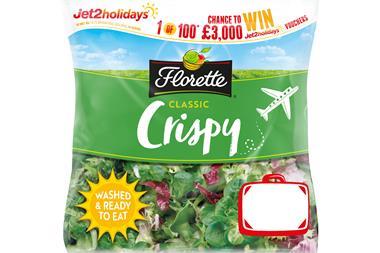



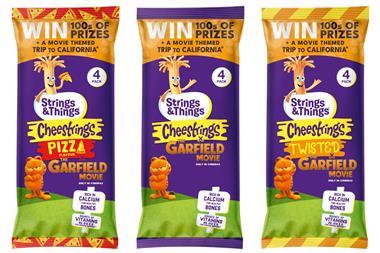
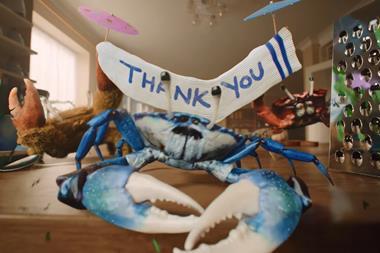
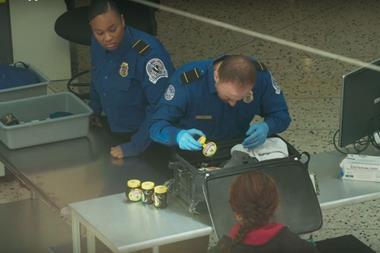


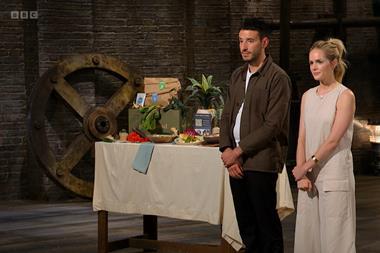
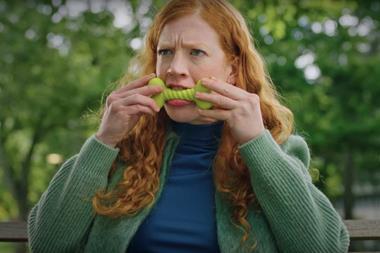
No comments yet